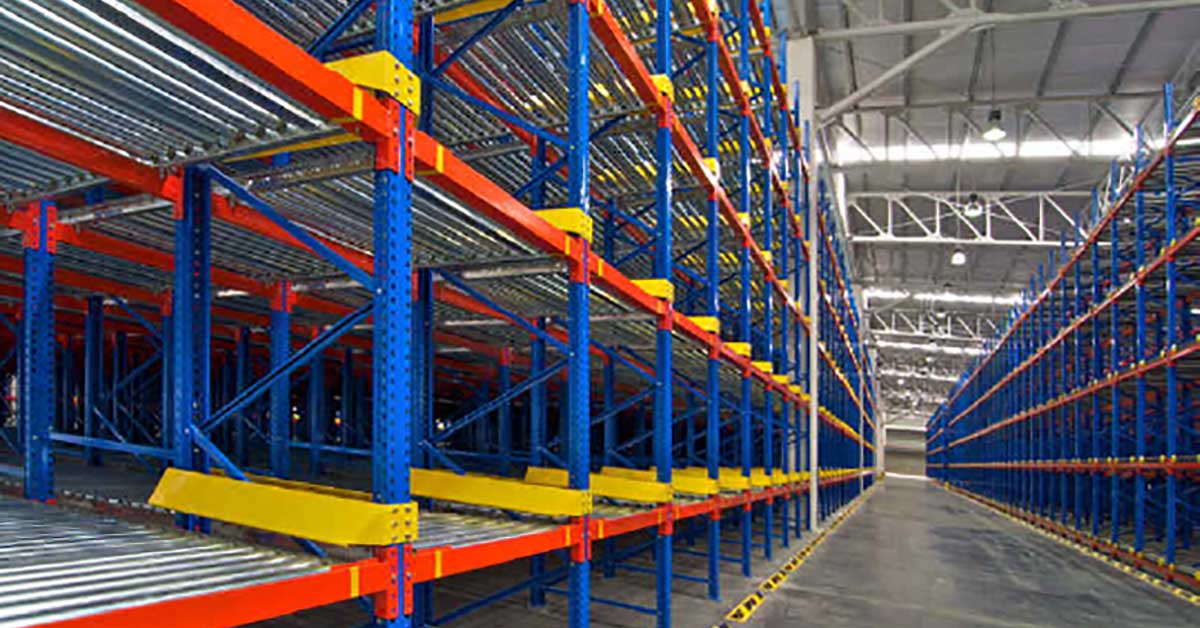A push back racking system is an accumulated-pallet-based racking system. Material pallets can be stored on both sides of a store aisle or on a single side.
Push back racking offers one type of high-density storage solution. This means a huge volume of materials can be stored in this racking system while still being able to access each pallet easily for product rotation.
Each pallet lane consists of a nested cart or roller-bed set upon an inclined steel rail. The racking system works on the principle of Last In First Out (LIFO). Individual pallets are fed one-by-one into the system. Upon addition of subsequent pallets, the previous pallets are pushed back into the lane. Pallets are stacked with the latest pallet at the first position.
Push back racking systems typically feature a 6-pallet depth per level. They usually go 4 levels in height. The latest pallet is accessed first during material picking. As the first pallet gets picked, the pallets behind slide down, making picking easier and faster.
Material storing and picking are performed from the front. Since rear access is not needed, the space requirement for a push back rack is less. Each lane in the system works independently. Vertical storage is not linked to the horizontal lanes, either. This inter-independence makes push back racking system ideal for versatile material storage.
Push Back Racking Parts and Anatomy
Pushback racking systems are usually used to store fast-moving same-product pallets. Another significant use of these systems is witnessed in cold storage and climate-controlled environments.
A common challenge in such facilities is managing the costs of using and maintaining temperature-based environments.
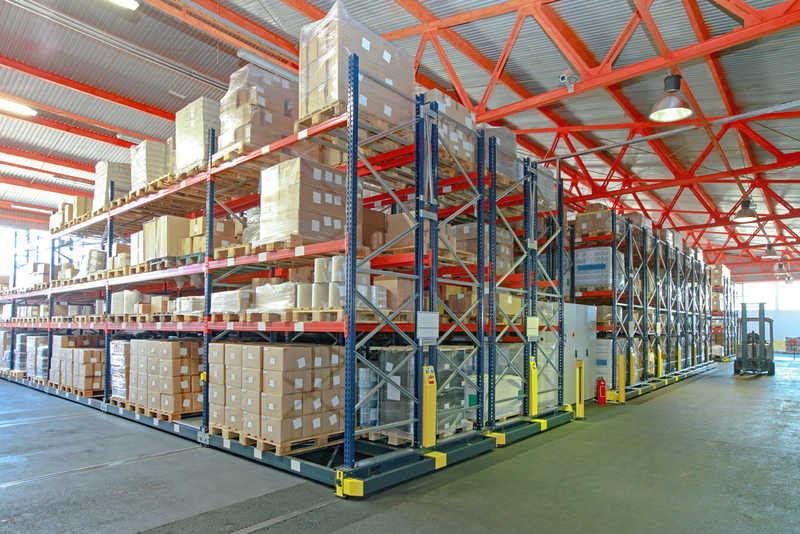
Push back racking helps address this issue by storing more pallets in minimal space to optimize operations. The nested cart design ensures material safety while faster material-handling capability contributes to operator safety, especially in climate-controlled environments.
It is important to understand the anatomy of a push back racking system to know how this storage system can help you optimize space. With the knowledge of its different components and how they work, it becomes easier to get maximum storage benefits from the system.
Components of a Push Back Racking System
The framework of a push back racking system is like a pallet racking system, consisting of metal beams and frames. Some key components of a push back racking system include:
Base Frame
The base frame is a galvanized frame consisting of galvanized posts, corresponding diagonals, pallet base plates, and accessories needed to fix the racking system to the floor.
Horizontal Beams
Beams put the base frame in place by acting as connectors for the uprights and the pallet containers. Beams are a significant component as they help support pallet loads being pushed into the racking system. Connectors are used to attach the beams to the drilling holes of frame posts.
Rails
Inclined rails are an integral component of a push back racking system. They roll along the rack frame to enable carts, trolleys, and roller beds, and travel back and forth for loading and unloading pallets.
The inclination in the rail design improves storage efficiency while providing easier and faster access to pallet loads during picking. Rail inclination gives easier access to the entire depth of the lane, which enables utilization of this otherwise wasted space.
Rails are welded to the frame at the factory to prevent errors such as installation misalignment and saves maintenance costs.
Trolleys/ Carts/ Shuttles/ Roller Beds
These are the moving components of the rack system. They are load carriers that move back and forth to load and unload pallets.
Carts are designed to be interlinked. This design prevents material handling mishaps such as pallet stranding or sudden pallet falls. The special cart design also prevents common issues such as material jamming.
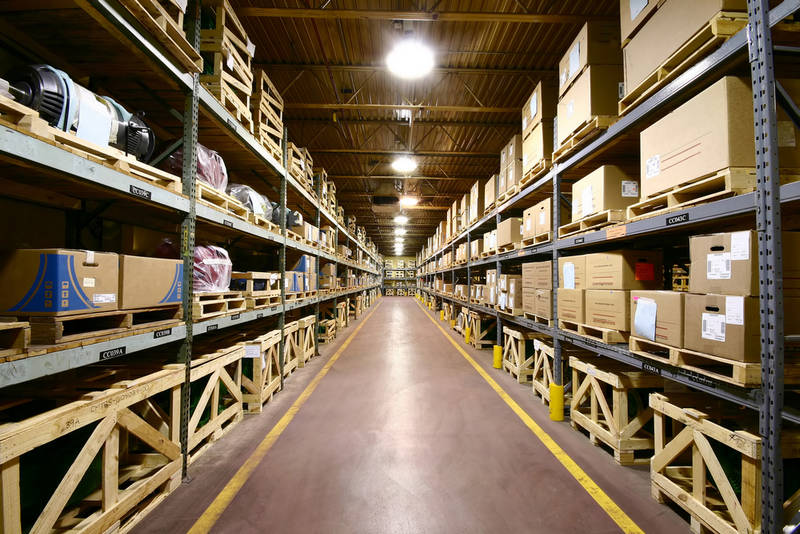
In Roller rack systems, roller beds keep the pallets in motion along the rails. The rolling motion moves the pallets up and down the lane.
Pallet Guides or Grips
These components ensure the pallet loads are on the right track. Guides are positioned at the front of the system on both sides of a lane at every level. When an operator deposits a pallet load, these components spring into action by guiding the loads along the correct path, which prevents material damage. These components also reduce the impact that can occur from material-loading on pallet containers.
Profiles
These are safety-enhancing components that indirectly support a push back racking system. Profiles are attached to the beams at each level. Pallet containers such as rollers or shuttles get additional support from profiles.
Pallet Backstops
These components serve as stoppers for pallets ready for removal. By doing so, they safeguard pallet loads from damage. As pallet loading and unloading are performed through the front of the racking lane, backstops exist at the front of each lane.
The components and accessories of a push back racking system work in tandem to provide optimal operational efficiency and material-handling safety.
Types of Push Back Racking
Push back systems vary in their operational design. They can be:
Push Back Roller Systems
This racking system consists of a roller bed secured to the frame. It is spread over the inclined rail to enable movement of pallet loads. The circular movement of roller systems enables operators to load and unload pallets faster.
It should be noted that in roller systems, the forklift operator must push pallets back for positioning during loading and unloading.
Push Back Shuttle Systems
If you are looking for an advanced push back rack system, then push back shuttle may be right for you. This racking system consists of shuttles and rails to hold and transport pallets. Shuttles travel on inclined rails with pallets.
This system minimizes operator intervention as the sliding shuttles manage the movements of pallet loads. All the forklift operator has to do is feed the pallets to the system and the shuttles manage the rest.
Push Back Pallet Racking Systems Specification
A push back system can adapt to any space requirement. If you want a single-sided system, then you can install the racking system with one side against a wall. In the case of a 2-sided specification, you can install the structure along a center aisle.
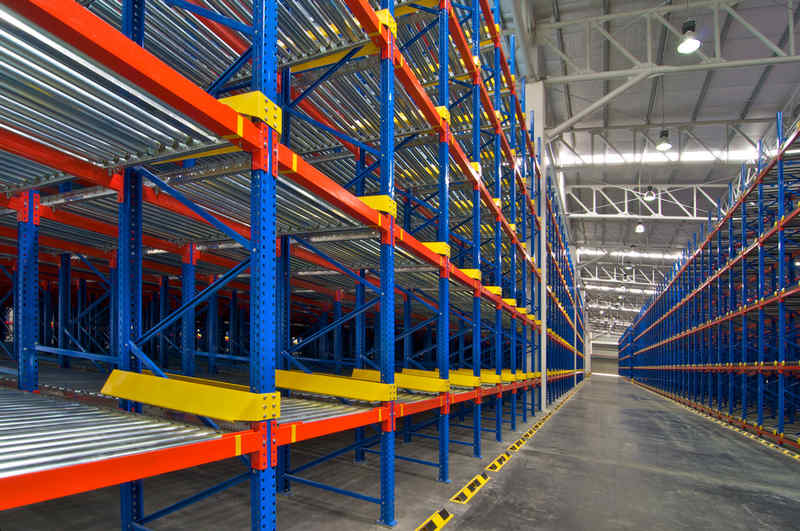
A push back can also be tailored to definite load weight specifications. For example, a conventional pallet rack accommodates a load of 3, 000 lbs. per pallet. A push back rack can be designed to accommodate even greater weights.
In Conclusion
A push back racking system can be designed to fulfill any material-handling operation with efficiency. Retrieval and storage do not necessitate material-handling vehicles to enter the area, which prevents product damage. The system needs little maintenance, if any, which strengthens its applicability further.
If your operations demand high space utilization and cost optimization, then a push back pallet rack system could be your go-to storage solution. Contact SRSI to get started today: [email protected]
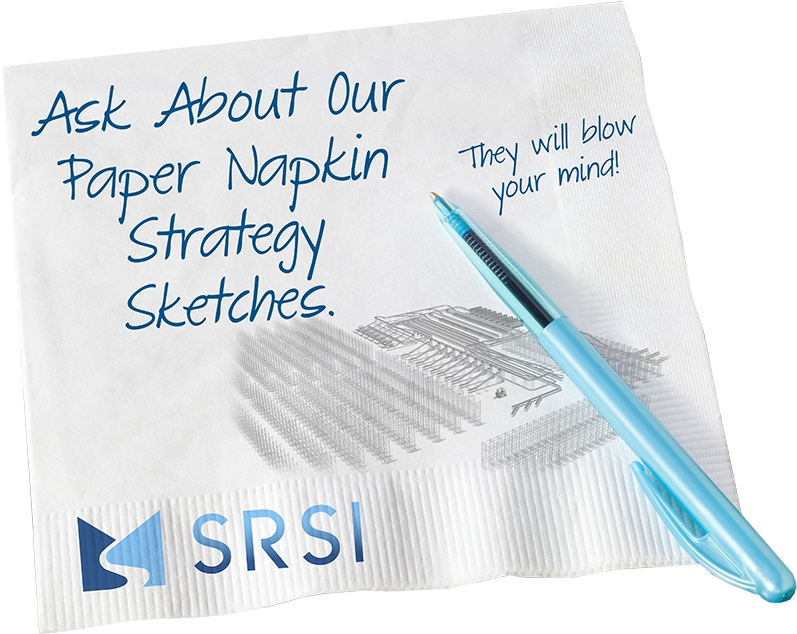 Skip to main content
Skip to main content

